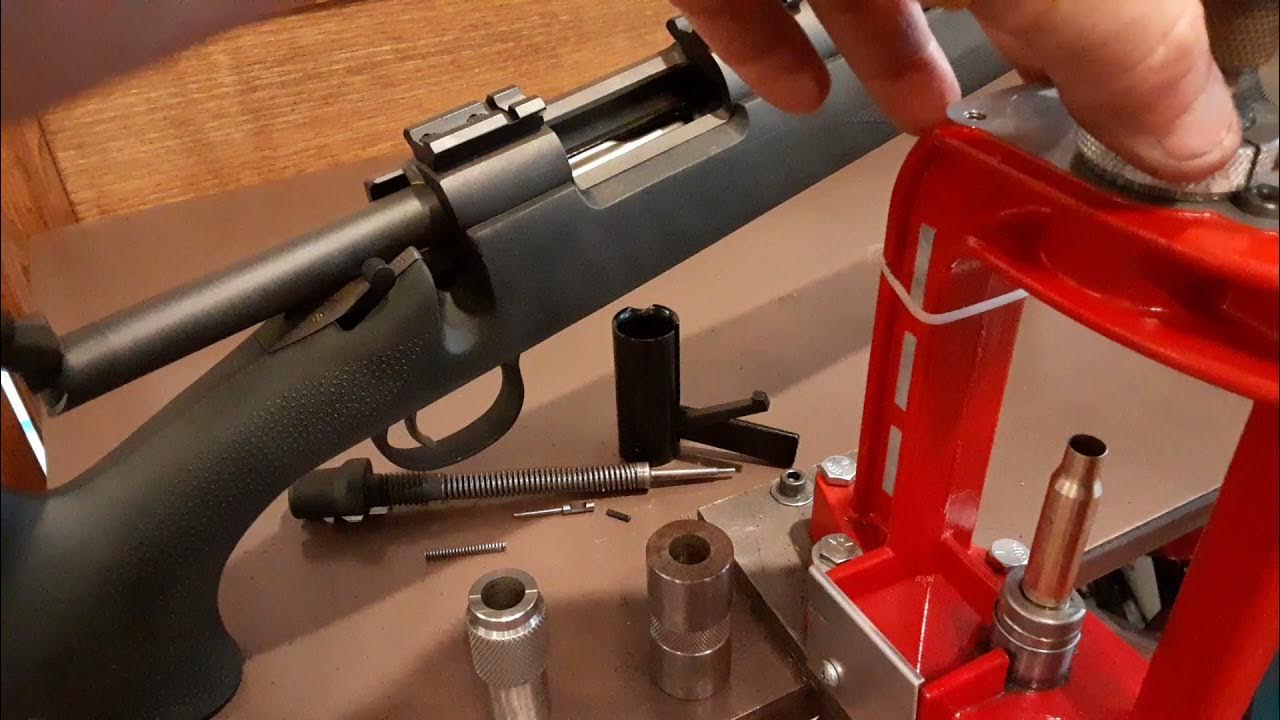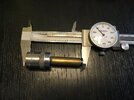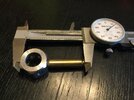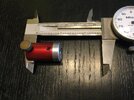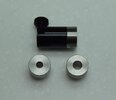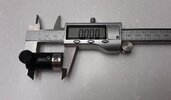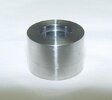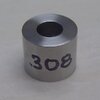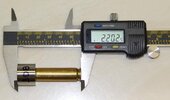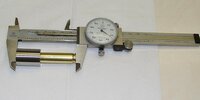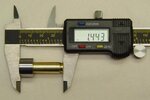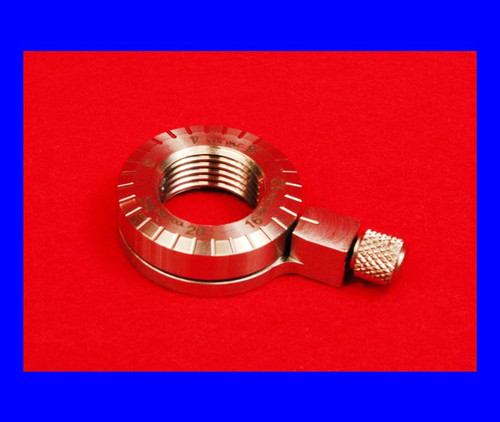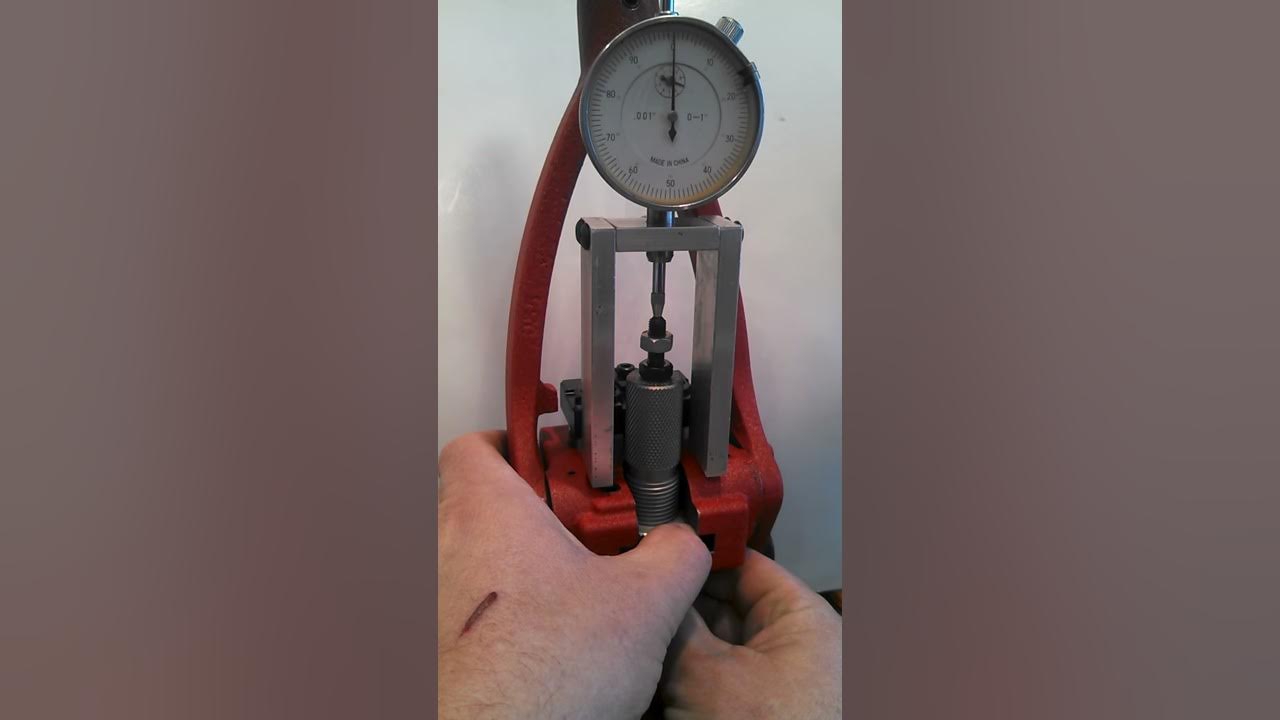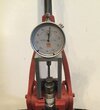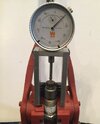Anchorite
Member
Thanks. I was curious. I used to use the torch method myself, but now I see there are specific annealing machines that are available.I anneal the necks with a Bernz-O-Matic propane torch. I do it by hand and by time determined by a "red glow" in low-light, typically somewhere between 7 and 12 seconds depending on the cartridge. I have done it after every firing so far, but if my volume increases now that I reload 223, I might not bother for that one.
I'll acknowledge that this might not be "annealing" in some senses of the term. Some people might call it stress relieving or whatever. I'll also acknowledge it's not as precise or consistent as machine torch methods or AMP induction methods. What I do believe is that it reduces the inconsistency between once-fired and resized brass and 12-times fired and resized brass. I am only guessing, since I have no way of knowing, that the torch affects the neck tension characteristics more than it affects the shoulder. Really, I haven't seen much solid evidence that it makes any difference at all. I do know that annealing was adopted in cartridge brass manufacturing to prevent stress corrosion cracking (season cracking) and for reloaders it mostly looks like alchemy but has established itself as popular none-the-less.


